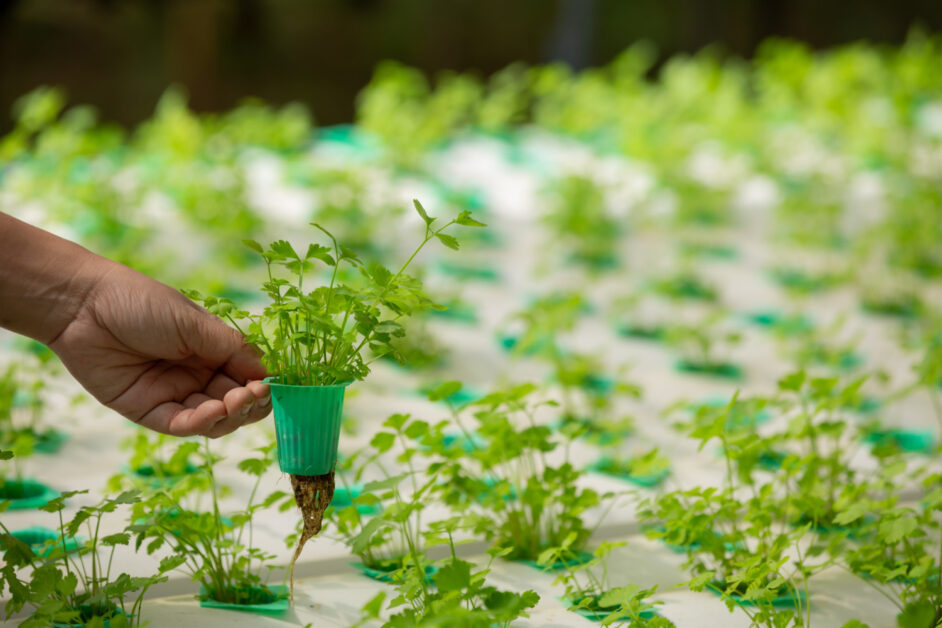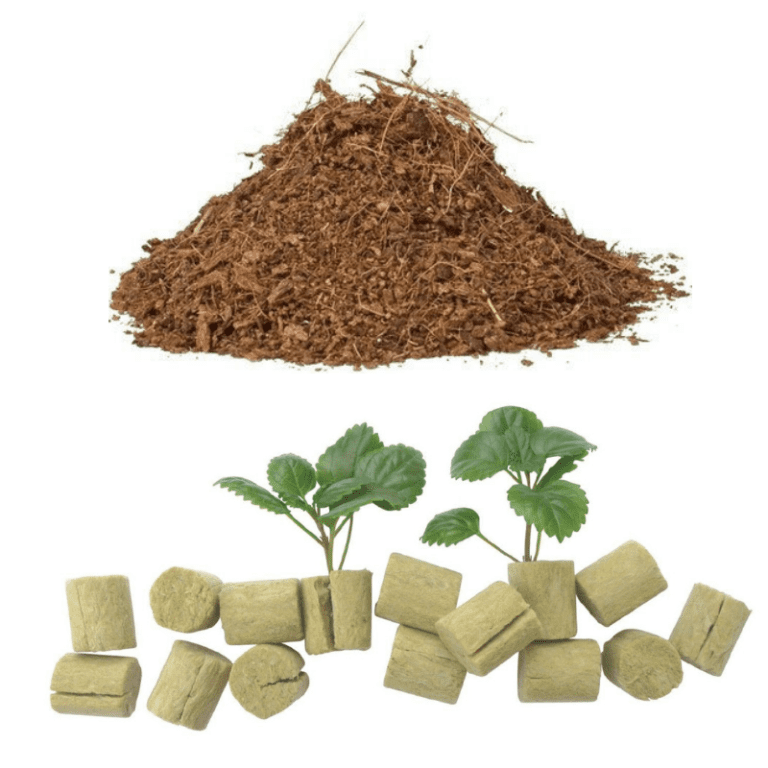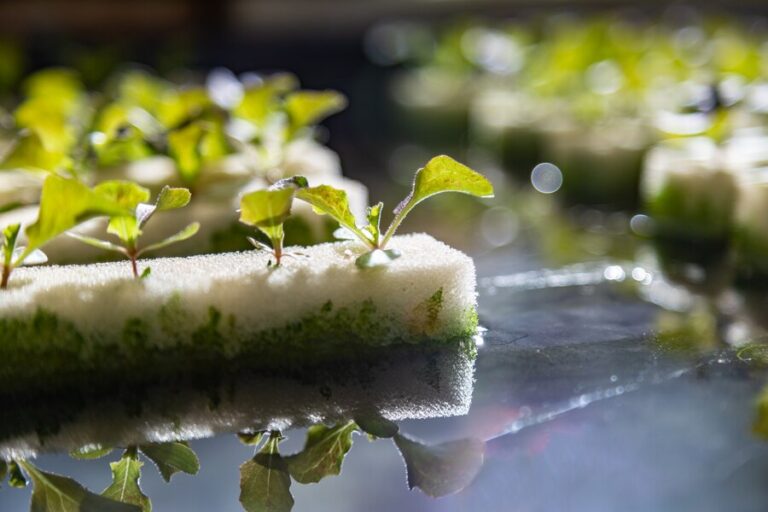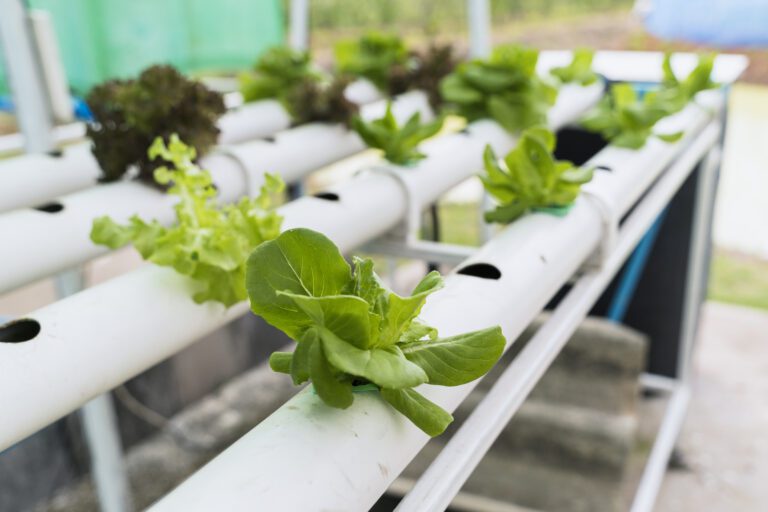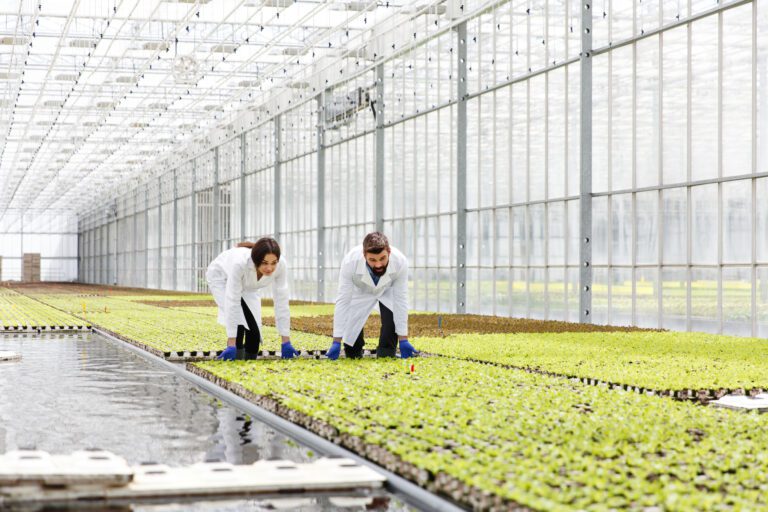How to Grow Healthy Plants with Hydroponics: 5 Expert Tips
Table of Contents
Understanding Hydroponics: An Overview of the Method
Hydroponics is a method of growing plants without soil, where plants receive essential nutrients through a water-based solution. This innovative technique has gained popularity among gardening enthusiasts due to its numerous advantages. Hydroponics allows for precise control over the nutrients plants receive, resulting in faster and healthier growth. It also eliminates the need for traditional soil-based gardening, making it suitable for urban environments and small spaces. Furthermore, hydroponics conserves water as it requires only a fraction of the amount needed for traditional gardening.

One of the key elements in hydroponics is the choice of a suitable system for your plants. There are various types available, including deep water culture, nutrient film technique, and drip systems, each with its own benefits and considerations. Understanding the needs of your plants and the specific requirements of each system is crucial for successful hydroponic gardening. Additionally, selecting the right growing medium is essential as it provides support to the roots and retains moisture for optimal plant growth. Options range from perlite and vermiculite to coconut coir and rockwool, each offering different advantages in terms of water-holding capacity and aeration.
By focusing on these fundamental aspects of hydroponics, you can lay the groundwork for a successful and thriving garden. With the ability to control nutrient delivery and tailor growing conditions to your plants’ needs, hydroponics opens up a world of possibilities for gardening enthusiasts. In the following sections, we will delve deeper into the specific components and techniques involved in hydroponic gardening, equipping you with the knowledge to make informed decisions and cultivate healthy plants in your hydroponic setup.
The Benefits of Hydroponic Gardening
Hydroponic gardening offers a multitude of benefits that make it an attractive option for gardening enthusiasts. One of the key advantages is the ability to grow plants without soil. This eliminates the need for traditional gardening practices such as tilling, weeding, and dealing with soil-borne pests and diseases. By providing plants with a nutrient-rich water solution directly to their roots, hydroponics allows for efficient nutrient uptake and faster growth rates. Studies have shown that plants grown hydroponically can grow up to 50% faster than their soil-grown counterparts, resulting in quicker harvests and increased productivity.
Furthermore, hydroponic systems offer precise control over environmental factors such as temperature, humidity, and lighting. With the ability to create an ideal growing environment, gardeners can optimize plant growth and health. This precise control also allows for year-round gardening, regardless of external weather conditions. Hydroponic gardening is not limited by seasonal variations, making it a viable option for those who want to enjoy fresh produce throughout the year. Additionally, hydroponics uses significantly less water compared to traditional soil-based methods. The closed-loop system in hydroponics allows for water recycling, reducing water waste and promoting sustainable gardening practices.

In conclusion, the benefits of hydroponic gardening cannot be understated. From faster growth rates and increased productivity to precise control over the growing environment and water conservation, hydroponics offers a promising alternative to traditional gardening methods. Whether you are limited by space, climate, or simply seeking an efficient and sustainable way to grow plants, hydroponics provides a solution that is both rewarding and environmentally friendly. So why not dive into the world of hydroponic gardening and experience these benefits for yourself?
Choosing the Right Hydroponic System for Your Plants
When it comes to hydroponic gardening, choosing the right system for your plants is crucial for their success and productivity. With so many options available, it can be overwhelming to decide which system is best suited for your needs. However, by considering a few key factors, you can make an informed decision that will optimize your plants’ growth and yield.
First and foremost, you need to assess the space and resources available to you. If you have limited space, a vertical hydroponic system, such as a tower or wall-mounted system, can be a great choice. These systems maximize vertical space while still providing ample room for your plants to thrive. On the other hand, if you have a larger area to work with, a horizontal system, such as a nutrient film technique (NFT) or a deep water culture (DWC) system, may be more suitable. These setups allow for a larger number of plants and can be easily expanded as your garden grows.
Another factor to consider is the specific needs of your plants. Different plants have different requirements in terms of water, nutrients, and light. For instance, leafy greens like lettuce and spinach thrive in nutrient-rich solutions and under bright, indirect light. In contrast, fruiting plants like tomatoes and peppers require higher light intensity and a balanced nutrient solution to support their fruit production. Understanding the specific requirements of your plants will guide you in selecting a system that can cater to their needs.
Furthermore, you should also take into account your level of experience and the time you can dedicate to maintaining your hydroponic system. Some systems, such as the ebb and flow or drip systems, are more beginner-friendly and require less hands-on involvement. These systems are great for those with limited time or those who are new to hydroponics. On the other hand, more advanced systems, like aeroponics or fogponics, provide precise control over nutrient delivery and oxygenation but require a greater level of knowledge and hands-on maintenance.
By considering the available space, your plants’ specific requirements, and your own experience and time commitment, you can choose a hydroponic system that will provide the optimal conditions for your plants to thrive. Remember, the success of your hydroponic garden depends not only on the system you choose but also on your understanding and attention to the needs of your plants.
Selecting the Ideal Growing Medium for Hydroponics
When it comes to hydroponic gardening, selecting the ideal growing medium is crucial. Unlike traditional soil-based gardening, hydroponics relies on a medium that provides support and holds water while allowing for proper nutrient absorption. The choice of growing medium can significantly impact the success of your hydroponic system and the overall health of your plants.
There are several different types of growing mediums that are commonly used in hydroponics. One popular option is perlite, a volcanic rock that is lightweight, porous, and provides excellent drainage. Another common choice is coconut coir, which is derived from coconut husks and offers good water retention and aeration. Rockwool, a mineral wool made from volcanic rock or limestone, is also widely used as it retains moisture while allowing for adequate oxygenation.
| Growing Medium | Characteristics | Suitable Crops | Advantages | Disadvantages |
|---|---|---|---|---|
| Rock Wool | Excellent water retention and aeration | Various leafy greens | pH neutral, reusable, good insulation | Limited availability, may irritate skin |
| Coco Coir | Good water retention, aeration, and drainage | Tomatoes, peppers | Renewable, pH stable, lightweight | May require additional nutrients |
| Perlite | Lightweight, excellent drainage | Herbs, lettuce | Inert, sterile, improves aeration | Provides no nutrient value on its own |
| Vermiculite | Holds water well, good aeration | Root vegetables, flowers | Sterile, improves nutrient retention | Can compact over time, may retain salts |
| Hydroton (Clay Pebbles) | Lightweight, excellent drainage | Orchids, strawberries | Reusable, pH neutral, provides support | Expensive, may accumulate debris |
| NFT (Nutrient Film Technique) | No solid medium, roots in nutrient film | Herbs, lettuce | Efficient nutrient delivery, space-saving | Susceptible to power outages |
Each growing medium has its own unique characteristics and benefits, and the choice ultimately depends on the specific needs of your plants. Factors to consider include the type of crop you are growing, the level of water retention required, and the necessary pH balance. It’s important to research and experiment with different growing mediums to find the one that best suits your hydroponic setup and ensures optimal plant growth.
Providing Adequate Lighting for Optimal Plant Growth
Providing adequate lighting is crucial for the optimal growth of plants in hydroponic systems. Unlike traditional gardening where plants receive natural sunlight, hydroponic plants rely solely on artificial lighting to fulfill their energy needs. The right type and intensity of light can significantly influence plant growth, development, and overall productivity.
One of the most commonly used lighting options in hydroponics is LED (Light Emitting Diode) lights. LED lights are highly efficient and provide a targeted spectrum that can be customized to meet the specific needs of different plant species. These lights emit the necessary wavelengths for photosynthesis, ensuring that plants can effectively convert light energy into chemical energy. Additionally, LED lights produce less heat, reducing the risk of damage to plants or overheating in the hydroponic system.
Another popular lighting choice is High-Intensity Discharge (HID) lights, which include Metal Halide (MH) and High-Pressure Sodium (HPS) lights. MH lights are rich in blue wavelengths, ideal for promoting vegetative growth, while HPS lights provide a high proportion of red wavelengths that are beneficial for flowering and fruiting stages. HID lights have a higher upfront cost and generate more heat compared to LED lights, requiring careful heat management in the hydroponic setup.
Maintaining Proper Temperature and Humidity Levels in Your Hydroponic Setup
Maintaining proper temperature and humidity levels in your hydroponic setup is crucial for the successful growth and development of your plants. The ideal temperature and humidity range will vary depending on the type of plants you are growing, but there are general guidelines that can help you create the optimal environment.
Temperature plays a significant role in the overall health of your plants. Most hydroponic plants thrive in temperatures between 65-80°F (18-27°C). However, certain plants may have specific temperature requirements. For example, lettuce and other leafy greens prefer slightly cooler temperatures, around 60-70°F (15-21°C), while tomatoes and peppers prefer warmer temperatures around 70-80°F (21-27°C). It is important to monitor and maintain a stable temperature to ensure your plants can efficiently carry out their metabolic processes and avoid stress or damage.
Humidity levels also influence plant growth and must be carefully controlled in your hydroponic system. Generally, a humidity level of 50-70% is suitable for most hydroponic plants. However, different stages of plant growth may require specific humidity levels. For instance, during seed germination and early growth stages, a higher humidity of 70-80% is beneficial. As the plants mature, lowering the humidity to 50% helps prevent the development of fungal diseases. Inadequate humidity can cause plant stress or slow growth, while excessive humidity can lead to mold and other moisture-related issues. Regular monitoring and adjustments to humidity levels will help maintain an optimal environment for your hydroponic plants to thrive.
By ensuring proper temperature and humidity levels in your hydroponic system, you are providing your plants with an environment that promotes healthy growth. Monitoring and adjusting these factors regularly will give you the best chance of achieving successful results in your hydroponic gardening endeavors.
Monitoring and Adjusting pH Levels in Hydroponic Systems
Maintaining the right pH levels in your hydroponic system is crucial for the healthy growth and development of your plants. pH refers to the acidity or alkalinity of a solution, and in hydroponics, it directly affects nutrient availability and uptake by the plants. Monitoring and adjusting pH levels is an ongoing process that requires regular attention and care.
The ideal pH range for most hydroponic crops is between 5.8 and 6.5, although certain plants may have specific pH requirements. To ensure accurate pH measurement, use a quality pH meter or test kit. Before adjusting pH levels, it’s important to understand the factors that can affect it. One major factor is the type of growing medium you use. For example, coco coir tends to naturally have a lower pH, while rockwool may be more alkaline. By knowing the characteristics of your growing medium, you can make informed adjustments to maintain the desired pH range.
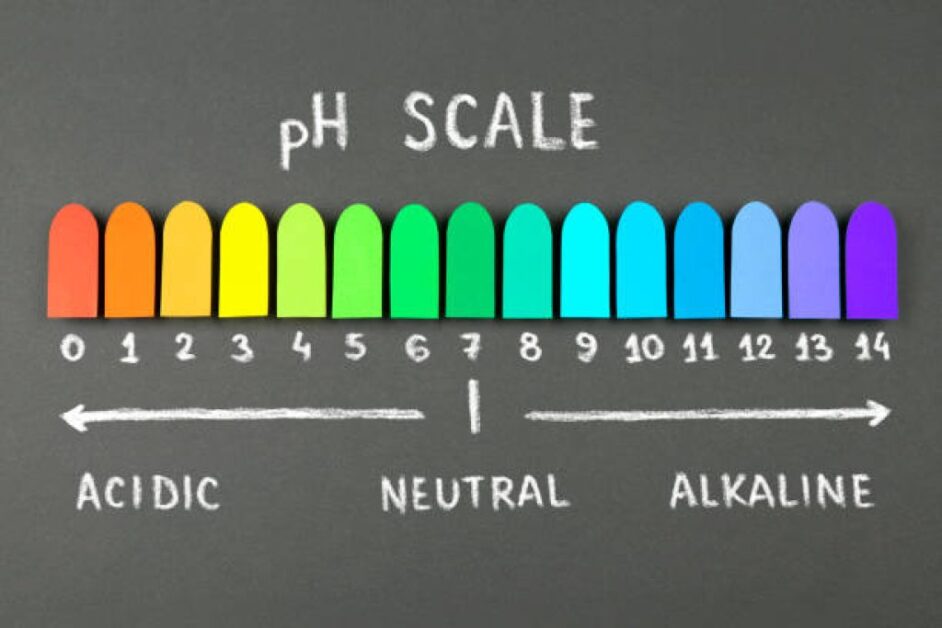
When it comes to adjusting pH levels, two common solutions are used: pH up and pH down. pH up is used to increase pH, and pH down is used to lower it. These solutions are commercially available and should be used according to the manufacturer’s instructions. It’s important to make gradual adjustments and retest the pH frequently to avoid overcorrection. Additionally, be mindful of the acidity or alkalinity of the nutrient solution you are using, as it can also influence pH levels.
In conclusion [as per your separate prompt], monitoring and adjusting pH levels in hydroponic systems is a critical aspect of successful hydroponic gardening. By keeping pH within the appropriate range, you ensure that your plants can effectively absorb nutrients and ultimately thrive. Regular monitoring, accurate measurement tools, and informed adjustments will help you maintain optimal pH levels for your hydroponic setup.
Nutrient Solutions: Creating a Balanced Diet for Your Plants
Creating a balanced diet for your plants is essential to ensuring their optimal growth and productivity in a hydroponic system. Nutrient solutions provide the necessary elements that plants need for their development, from essential macronutrients like nitrogen, phosphorus, and potassium, to important micronutrients like iron, zinc, and manganese.
To create a well-balanced nutrient solution, it is crucial to understand the specific nutrient requirements of your plants at different stages of growth. This can be achieved through regular testing of the solution and adjusting its composition accordingly. Many hydroponic gardeners rely on reliable testing kits or professional laboratories to accurately measure nutrient levels and pH balance in their solutions. By monitoring and adjusting these parameters, you can ensure that your plants receive the right nutrients in the right proportions, promoting healthy growth and preventing nutrient deficiencies or toxicities.
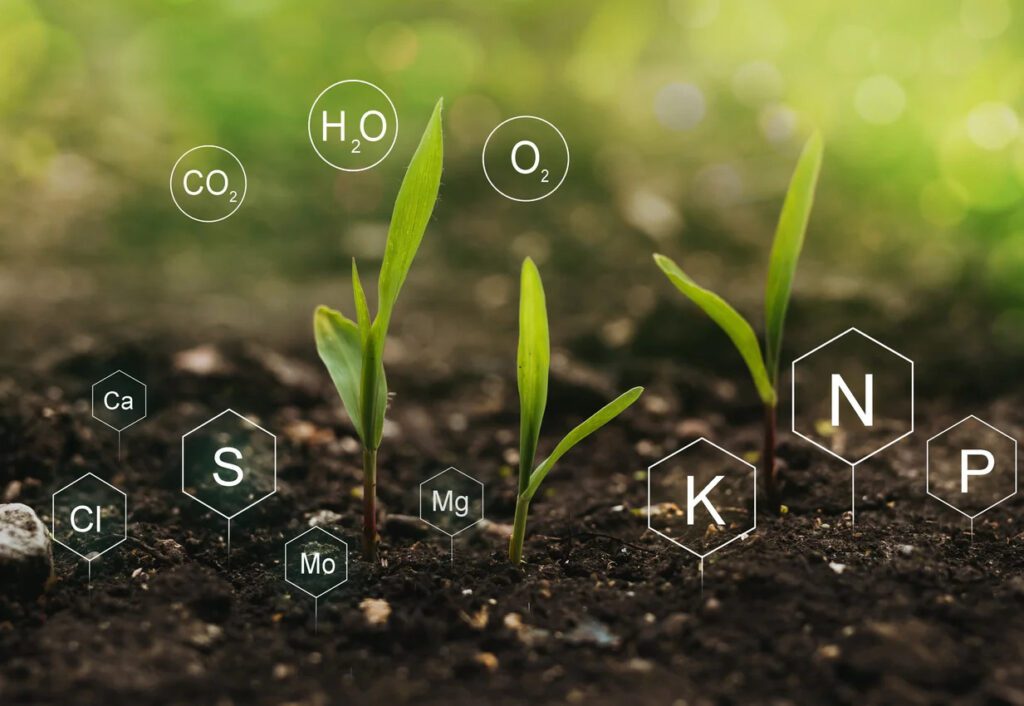
In addition to the nutrient content, it is important to consider the source of the nutrients in your solution. There are various types of nutrient formulas available, including liquid concentrates, powders, or premixed solutions. It is important to choose a reputable brand or supplier that ensures high-quality and consistent nutrient composition. Always follow the manufacturer’s instructions regarding mixing ratios and application rates to avoid any adverse effects on your plants. Remember, providing a balanced diet through nutrient solutions is one of the key factors that contribute to the success of your hydroponic garden.
• Regular testing of the nutrient solution is crucial to understand the specific nutrient requirements of your plants at different growth stages.
• Reliable testing kits or professional laboratories can accurately measure nutrient levels and pH balance in the solution.
• Adjusting the composition of the nutrient solution based on test results ensures that plants receive the right nutrients in the right proportions.
• Monitoring and adjusting parameters helps promote healthy growth and prevent nutrient deficiencies or toxicities.
• Consider the source of nutrients in your solution, such as liquid concentrates, powders, or premixed solutions.
• Choose a reputable brand or supplier that ensures high-quality and consistent nutrient composition.
• Always follow manufacturer’s instructions regarding mixing ratios and application rates to avoid adverse effects on plants.
The Importance of Oxygenation in Hydroponics
Hydroponic systems offer a unique way of growing plants without the use of soil. In these setups, oxygenation plays a crucial role in promoting optimal plant growth and overall plant health. Unlike traditional soil-based gardening, where plants derive oxygen from the air pockets in the soil, hydroponic plants require a different method of obtaining this essential gas.
| Aspect | Importance in Hydroponics |
|---|---|
| Plant Growth | Essential for root development and nutrient absorption. Oxygen supports metabolic processes, leading to healthier and faster growth. |
| Nutrient Uptake | Oxygen facilitates the uptake of nutrients by plant roots, ensuring efficient absorption and utilization of essential elements for growth. |
| Prevention of Anaerobic Conditions | Adequate oxygen levels prevent the formation of anaerobic conditions in the root zone, reducing the risk of root diseases and promoting a more favorable environment. |
| Improved Nutrient Circulation | Oxygenation enhances nutrient circulation in the hydroponic system, preventing nutrient stagnation and ensuring a well-balanced distribution to all plant roots. |
| Enhanced Microbial Activity | Beneficial microbes in hydroponic systems thrive in well-oxygenated environments, promoting a healthy rhizosphere and aiding in nutrient cycling and plant protection. |
| Oxygenation Methods | Common methods include air stones, diffusers, and oxygen pumps, which help maintain dissolved oxygen levels in nutrient solutions and promote optimal conditions for plant growth. |
Oxygenation in hydroponics is primarily achieved through the use of air stones or diffusers, which introduce oxygen into the nutrient solution. This ensures that the plant roots receive an adequate supply of oxygen, preventing suffocation and promoting efficient nutrient uptake. Without proper oxygenation, the roots can become deprived, leading to root rot, nutrient deficiencies, and stunted growth. Therefore, it is imperative to maintain optimal oxygen levels in the nutrient solution to support healthy hydroponic plants.
Preventing and Managing Common Pests and Diseases in Hydroponics
Preventing and Managing Common Pests and Diseases in Hydroponics
Maintaining a healthy and thriving hydroponic garden requires diligent pest and disease management. While the controlled environment of hydroponics can minimize the risk of infestations, it is still essential to take proactive measures to prevent and control pests and diseases. By implementing the following strategies, hydroponic gardeners can ensure the vitality and productivity of their plants.
First and foremost, practicing good hygiene and sanitation is crucial in preventing the spread of pests and diseases. Regularly clean and disinfect all equipment, tools, and growing surfaces to eliminate any potential sources of contamination. Remove any dead or decaying plant matter promptly, as it can attract pests and serve as a breeding ground for pathogens. Additionally, ensure that your hydroponic system is properly sealed to prevent access by pests such as insects or rodents.
Another key approach is implementing integrated pest management (IPM) techniques. This sustainable and environmentally friendly approach focuses on using a combination of preventative measures, biological controls, and, if necessary, targeted pesticide applications. For instance, introducing beneficial insects like ladybugs or predatory mites can help control common pests like aphids or spider mites. Employing physical barriers, such as insect netting or sticky traps, can also be effective against flying insects. Regularly monitoring your plants for signs of pest or disease infestations will allow you to take swift action and address any issues before they become severe.
Watering Techniques for Hydroponic Plants
Proper watering techniques are crucial for the success of your hydroponic plants. Unlike traditional soil-based gardening, where the plants obtain water and nutrients from the surrounding soil, hydroponics relies on a carefully controlled water delivery system. This ensures that plants receive the right amount of water and nutrients, promoting optimal growth and development.
In hydroponics, a common watering technique is the drip irrigation system. This method involves delivering water directly to the base of each plant using drip emitters or micro-sprinklers. Drip irrigation allows for precise control over the amount of water applied, reducing the risk of overwatering or underwatering. It also helps to minimize water wastage and prevent the development of fungal diseases.
Another effective watering technique in hydroponics is the nutrient film technique (NFT). This method involves creating a thin film of nutrient-rich water that flows continuously over the plant roots. The roots absorb the nutrients they need, while excess water is collected and recirculated back to the reservoir. NFT is particularly suitable for leafy greens and herbs, as the continuous flow of nutrients promotes efficient nutrient uptake and enhances overall plant health.
No matter which watering technique you choose, it is crucial to monitor the water levels in your hydroponic system regularly. Maintaining proper water levels prevents root dehydration and ensures the plants have access to a constant supply of nutrients. Additionally, it is essential to adjust the watering schedule based on factors such as humidity levels and plant growth stage. By fine-tuning your watering techniques, you can provide optimal conditions for your hydroponic plants to thrive.
Pruning and Training Techniques for Healthy Hydroponic Plants
When it comes to hydroponic gardening, the proper pruning and training techniques can make all the difference in the health and productivity of your plants. Pruning involves removing certain parts of the plant, such as leaves, stems, or branches, to promote better airflow, light penetration, and overall plant structure. This practice helps to prevent the build-up of moisture and pests, while also allowing the plants to focus their energy on producing high-quality fruits or vegetables.
To effectively prune your hydroponic plants, it’s important to first understand the specific needs and growth patterns of each plant variety. This knowledge will guide you in determining which parts to remove and when. For example, with vining plants like tomatoes or cucumbers, pruning can help to control their growth, promote more compact plants, and encourage better fruiting. On the other hand, leafy greens like lettuce may require minimal pruning, as their growth is primarily focused on producing edible leaves. By tailoring your pruning techniques to each plant’s requirements, you can create an optimal growing environment and maximize your harvest.
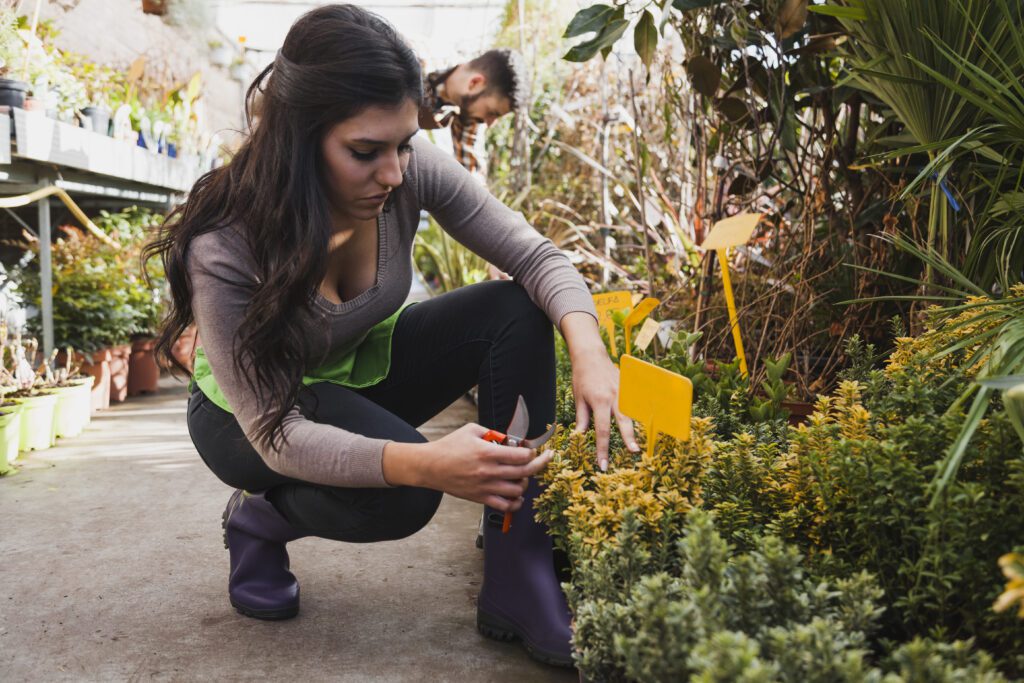
Training, on the other hand, involves guiding the plant to grow in a desired shape or direction. This technique is particularly useful in hydroponic gardening, where space utilization is key. By training your plants to grow vertically or along trellises, you can make the most of your available space and increase the overall density of plants in your system. Additionally, training allows for better light distribution and increased airflow, reducing the risk of diseases and improving overall plant health. Popular training methods include using stakes, cages, or netting systems to support and guide the plants as they grow.
Harvesting and Storing Hydroponic Produce
Once your hydroponic plants have reached maturity, it is time to harvest and store the precious produce you have grown. Harvesting in hydroponics can be a straightforward process, as there is no need to contend with soil or weeds. Simply use a clean pair of scissors or shears to cut the plants at the base, being careful to avoid damaging the roots or neighboring plants. Depending on the type of plant, you may harvest the entire plant or just select parts, such as leaves, fruits, or flowers. Remember to harvest early in the day when temperatures are cooler, as this helps to maintain the quality and freshness of your produce.
After harvesting, it is crucial to handle your hydroponic produce with care to ensure its longevity. First, gently clean the freshly harvested plants to remove any dirt, debris, or excess moisture. Properly drying the produce helps to prevent the growth of bacteria and molds. Once dry, pack your produce loosely to allow for adequate airflow and prevent bruising. You can use perforated plastic bags, breathable containers, or even trays lined with paper towels to store your hydroponic harvest. Finally, keep your produce in a cool and dark place, such as a refrigerator or a root cellar, to maintain its quality and extend its shelf life.
Remember, the freshness and flavor of hydroponic produce are among its greatest advantages. By following these harvesting and storing techniques, you can enjoy the fruits of your labor for an extended period, allowing you to savor the bountiful results of your hydroponic garden.
Troubleshooting Common Issues in Hydroponic Gardening
One of the most common issues faced by hydroponic gardeners is nutrient imbalance.
A proper balance of nutrients is crucial for plant growth and development in hydroponic systems. Too much or too little of certain nutrients can lead to various problems, such as stunted growth, discoloration, leaf burn, or nutrient deficiencies. To troubleshoot this issue, it is essential to monitor the nutrient levels in your system regularly. Conduct regular water tests to check for any imbalances and adjust accordingly. Using a quality nutrient solution formulated specifically for hydroponics can help ensure a balanced diet for your plants.
Another commonly encountered issue in hydroponic gardening is root rot.
Root rot is caused by the growth of harmful bacteria or fungus in the root system, leading to root decay and poor plant health. To prevent root rot, it is crucial to maintain a clean and sterile growing environment. Implement good sanitation practices by regularly cleaning and disinfecting your hydroponic system, including trays, reservoirs, and any other equipment used. Additionally, ensure proper drainage in your system to avoid waterlogging. Adequate oxygenation is also vital to root health, so consider using an oxygenation system or adding an air stone to your reservoir. If root rot is already present, it may be necessary to remove and replace affected plants and take steps to inhibit the growth of harmful microorganisms.
Taking Your Hydroponic Garden to the Next Level: Advanced Tips and Techniques
When it comes to hydroponic gardening, there are always ways to take your garden to the next level. By incorporating advanced tips and techniques, you can maximize the potential of your hydroponic setup and achieve even better results.
One advanced technique that can greatly benefit your hydroponic garden is the use of nutrient film technique (NFT) systems. NFT systems involve a constant flow of nutrient-rich water that is circulated over the roots of the plants. This method allows for more oxygen to reach the roots, promoting healthier and faster growth. Additionally, by adjusting the flow rate and nutrient concentration, you can fine-tune the environment for each plant’s specific needs. NFT systems are particularly suitable for leafy greens and herbs, as they thrive in this type of setup.
How do I choose the right hydroponic system for my garden?
When choosing a hydroponic system, consider factors such as space availability, plant types, and personal preferences. Options include nutrient film technique (NFT), deep water culture (DWC), and ebb and flow systems.
What is the best growing medium for hydroponics?
There are several options for growing mediums in hydroponics, including perlite, vermiculite, coco coir, and rockwool. The choice depends on the specific needs of your plants and the system you are using.
How important is lighting in hydroponics?
Lighting is crucial in hydroponics as it serves as a substitute for natural sunlight. High-quality LED grow lights are commonly used for indoor hydroponic setups to provide the necessary light spectrum for optimal plant growth.
How can I maintain proper temperature and humidity levels in my hydroponic system?
It is important to monitor and control temperature and humidity in your hydroponic setup. This can be achieved by using fans, ventilation systems, and humidifiers or dehumidifiers, depending on the specific requirements of your plants.
How do I monitor and adjust pH levels in my hydroponic system?
Regularly test the pH levels of your nutrient solution using a pH meter or test strips. Adjust the pH using pH up or pH down solutions to maintain the optimal range for your plants, typically around 5.5 to 6.5.
What is the importance of oxygenation in hydroponics?
Oxygenation is crucial for healthy root development and nutrient absorption in hydroponics. This can be achieved by using air stones or diffusers, oxygen pumps, and ensuring proper water circulation.
How can I prevent and manage common pests and diseases in my hydroponic garden?
Implement preventive measures like maintaining a clean growing environment, practicing good hygiene, and regularly inspecting plants for any signs of pests or diseases. If an issue arises, consider using organic pest control techniques or consulting a professional.
What are the recommended watering techniques for hydroponic plants?
Common watering techniques in hydroponics include drip irrigation, flood and drain, and aeroponics. The choice depends on the system you are using and the specific water requirements of your plants.
How should I prune and train my hydroponic plants for optimal growth?
Pruning and training techniques, such as topping, trimming, and utilizing trellises, can help promote healthy growth, enhance light penetration, and increase yields in hydroponic gardens.
How do I properly harvest and store hydroponic produce?
Harvest your hydroponic produce at the appropriate time depending on the plant type and desired maturity. Store the harvested produce in a cool and dry place to maintain freshness and extend shelf life.
What are some common issues I may encounter in hydroponic gardening, and how can I troubleshoot them?
Common issues in hydroponic gardening include nutrient deficiencies, pH fluctuations, root rot, and algae growth. Troubleshoot these issues by adjusting nutrient levels, maintaining pH balance, ensuring proper oxygenation, and practicing good hygiene.
What are some advanced tips and techniques I can incorporate to take my hydroponic garden to the next level?
Advanced techniques you can consider include implementing hydroponic automation systems, optimizing nutrient dosing, experimenting with different lighting spectrums, and exploring vertical farming or aquaponics integration.

Pallavi Gupta is a burgeoning writer at SouthElMonteHydroponics, blending her passion for data analysis with a keen interest in biotechnology. Currently pursuing a Bachelor’s in Biotechnology at Amity University, Pallavi delves into the intricacies of life sciences while gaining hands-on experience in the exciting world of data analysis. Her unique background provides a fresh perspective on hydroponic farming, as she explores the intersection of biotechnology and sustainable agriculture. Through her writing, Pallavi aims to bridge the gap between data-driven insights and innovative farming practices, inspiring others to harness technology for a greener future.

